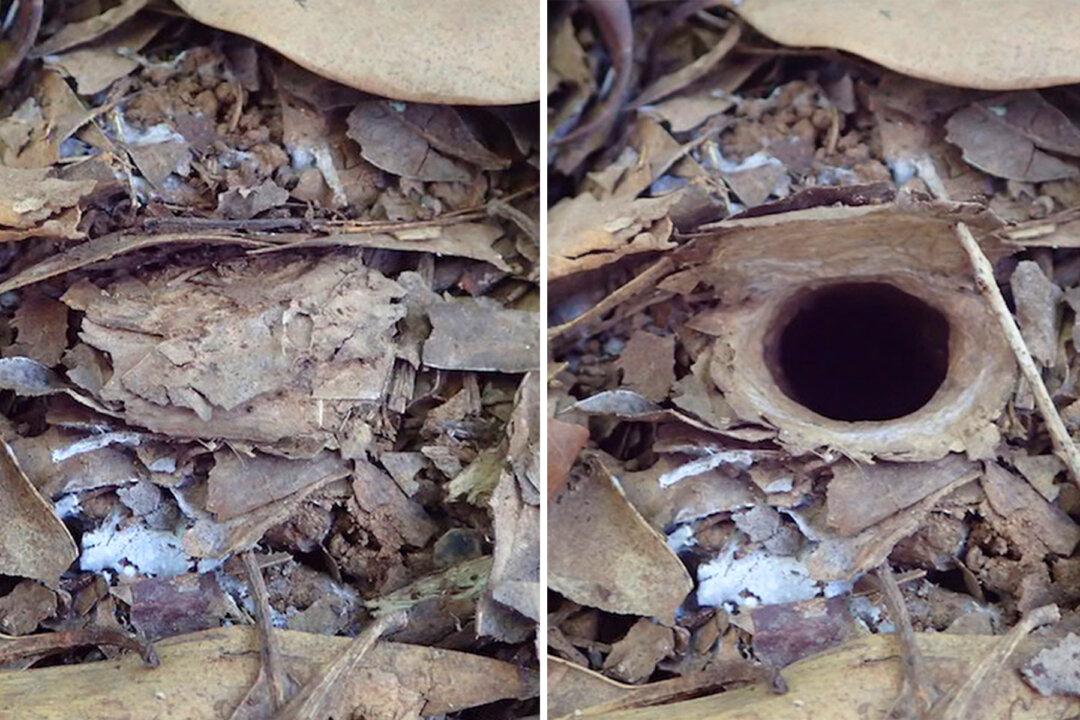A new genus of trapdoor spider has been discovered in eastern Australia. Unlike other spiders that spin webs, trapdoor spiders live in expertly camouflaged ground burrows with hinged “trap” doors made out of leaves, twigs, and spider silk.
The new arachnid relative was sighted by scientists in the suburbs of Brisbane.





